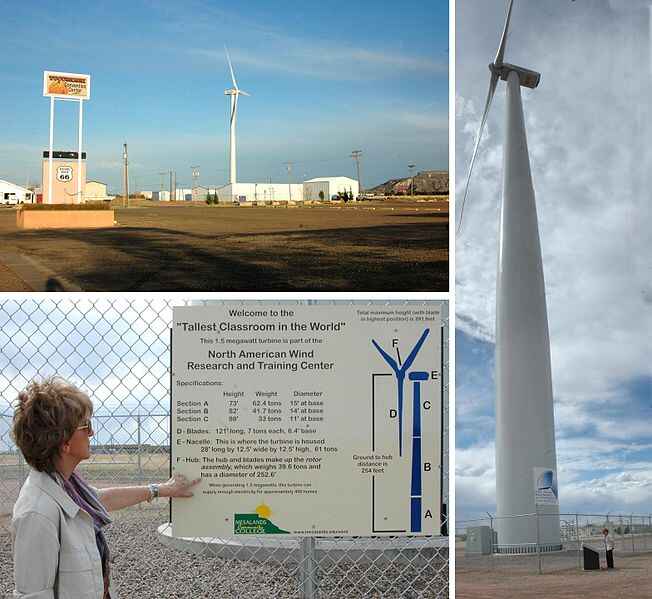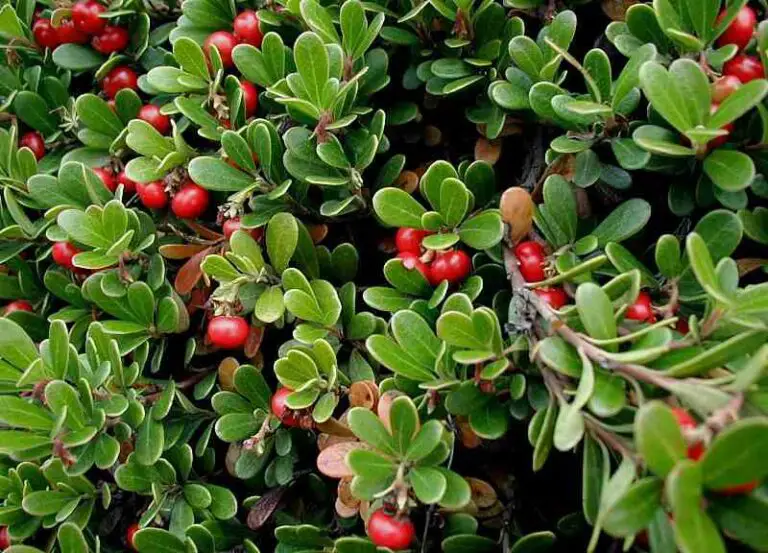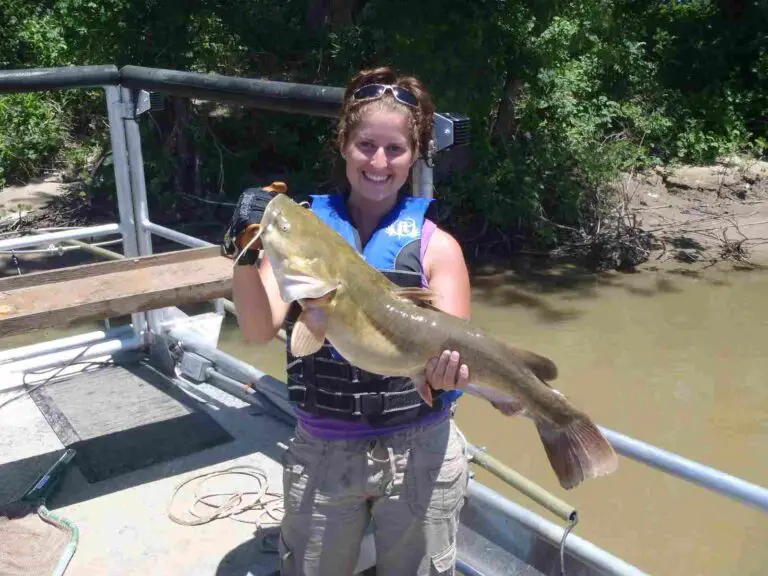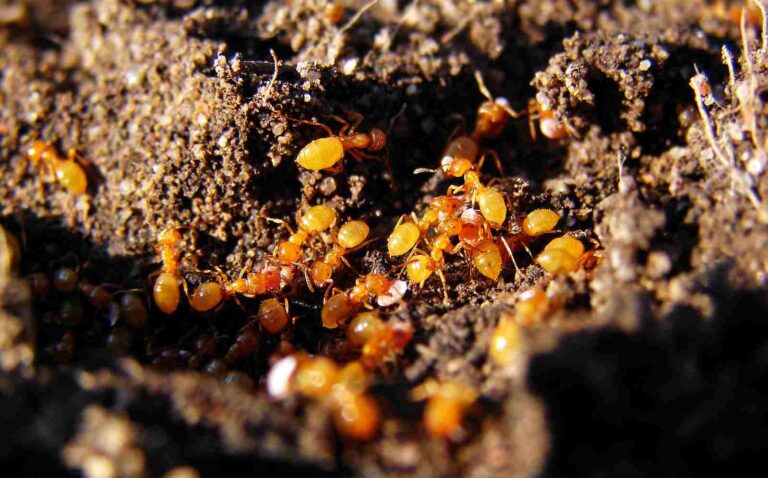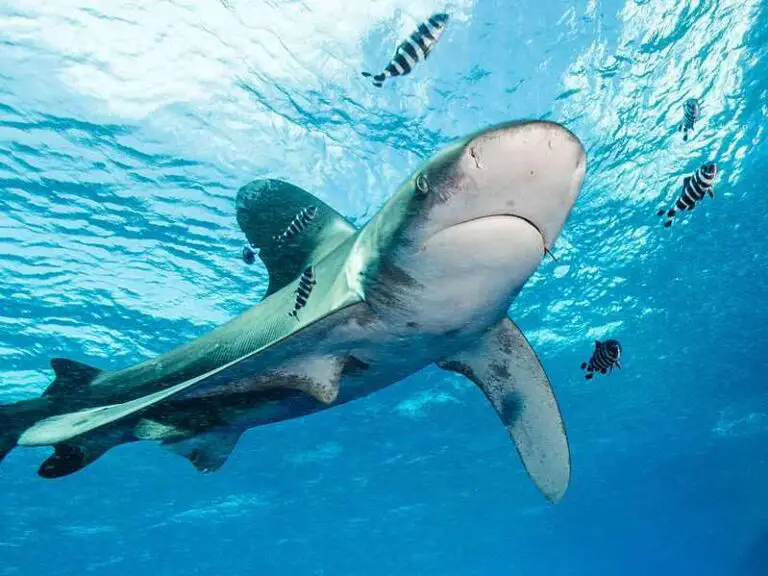Onshore Wind Meaning, Energy, Turbine and Farm Explained
Onshore wind refers to active, flowing air currents that migrate in a landward direction from the sea. This article discusses onshore wind meaning, energy, turbine, pros/cons, and farm, as outlined below;
-Onshore Wind Meaning: 4 Ways to Define Onshore Wind Energy and Development
-Onshore Wind Energy as a Clean, Renewable and Green Energy Resource
-Advantages and Disadvantages of Onshore Wind Turbines
Onshore Wind Meaning: 4 Ways to Define Onshore Wind Energy and Development
Onshore wind is wind that can be captured and harnessed using wind turbines on land [7]. It is the geographical opposite of offshore wind.
The above is a most basic definition of offshore wind, and highlights its geographic attribute, which is also its most important attribute.
In addition to the geographic aspect, it is helpful to define offshore wind as one of the forms of wind energy, which is in turn an example of renewable energy resources alongside others like solar, hydro, wave and geothermal. Below is an alternative onshore wind meaning that utilizes this perspective;
Onshore wind is a renewable energy resource that originates from the landward flow of air currents from oceans by the combined effect of solar radiation, gravity and convective processes [3].
Next, the onshore wind meaning is outlined based on a brief onshore vs offshore wind comparison;
Onshore wind refers to air currents that travel in opposite direction to that of offshore wind, and which constitute the dominant form of wind on land, and is harnessed using turbines that are generally smaller and that lack the offshore foundation found in ocean-based wind systems.
The definition above covers both onshore wind turbines and the comparison with offshore wind. Because multiple turbines make up a wind farm, it is useful to also outline the onshore wind meaning on the basis of onshore wind farms;
Onshore wind is wind that blows landward from the sea, which can be used to generate electricity in large scale by the installation and operation of multi-turbine wind farms.
Onshore Wind Energy as a Clean, Renewable and Green Energy Resource
Onshore wind energy is renewable, clean and green; and is derived from air currents that are blown toward land areas from the sea.
The renewable nature of onshore wind energy can be traced to its sources, which are all naturally-occurring and continuously replenished. These include air gases, solar radiation, gravity and Earth's rotational influence; among other factors responsible for the propagation of wind.
Onshore wind energy is clean because its usage does not require combustion or any other chemical conversion process that can lead to greenhouse emissions or the release of toxins that could cause pollution of the environment [5]. It is also accurate to describe onshore wind as an example of green energy resources, because it is both renewable and clean.
Onshore wind is also called sea breeze, because it tends to originate from thermodynamic interactions between the ocean surface and atmospheric gas masses.
It is also important for its accessibility, and its low environmental impact compared to fossil fuels. These attributes make it an alternative option with respect to the energy transition from unsustainable to sustainable resources.
Harnessing onshore wind energy is possible using turbines and onshore wind farms, both of which are discussed in the following sections.
Onshore Wind Turbine
An onshore wind turbine is an electromechanical system equipped with movable component(s) that capture kinetic energy in wind and convert this to mechanical energy to be used for electricity generation.
The components of onshore wind turbines include a base, tower, and rotor blades that are designed to withstand large amounts of air pressure as the system operates.

As a result of efforts to reduce environmental footprint while increasing energy efficiency, some onshore wind turbines have been introduced that do not depend on rotor blades to capture and convert wind energy.
These are known as 'bladeless' wind turbines and generally depend on an oscillatory-shaft mechanism whereby a section of the tower's length is capable of converting wind energy to vibrational movements, which may then be used to start an (in-built) electric generator [4].
The difference between onshore and offshore wind turbines spans across their geographic locations, design details, and conditions of operation.
Offshore wind turbines are generally built to be sturdier than onshore wind turbines, because the intensity of fluid pressure from both seawater and wind is significantly higher in offshore locations than onshore.
Metallic materials used to cast, or plate the components of offshore wind turbines are often corrosion-resistant, especially around the lower regions of the turbine, to mitigate the oxidizing and corroding consequence of long-term exposure to seawater. Onshore wind turbines also lack the kinds of foundations used for offshore turbines.
There is no typical or predictable contrast in efficiency between onshore and offshore wind turbines, as the efficiencies of these systems vary with specifics.
Onshore wind turbines are fairly efficient, with a range of 20-40% for most, although some studies place the value at up to 45% [6].
Three types of onshore wind turbines are; bladeless, Horizontal Axis (HAWT) and Vertical Axis (VAWT) wind turbines, where the latter two can be distinguished from each other by their plane of rotation.
Onshore Wind Turbine Advantages and Disadvantages
Onshore wind turbine advantages are;
1). Relatively low cost
2). Minimal environmental impact
3). Relative simplicity of design and operation
4). Clean power generation process
5). Efficient space consumption
6). Job creation
7). Fossil fuel power backup
8). Suitability for off-grid power supply
9). Energy storage is possible using batteries

Disadvantages of onshore wind turbines are;
1). Scarcity of suitable locations
2). Environmental impacts occur during turbine manufacture, installation and decommissioning
3). Wind accessibility is often less than offshore wind turbines
4). May cause noise and aesthetic pollution
5). Power generation is intermittent
Onshore Wind Farm
An onshore wind farm is a land-based facility that comprises of multiple integrated wind turbines designed to operate collaboratively, for maximum power output.
The direction of onshore wind is landward from the sea, and differs from the direction of offshore wind, which is seaward from the land. This means that onshore wind farms are feasible only in areas where there is sufficient access and exposure to large amounts of landward air currents from the sea.
Mainly, the difference between onshore and offshore wind farms is in their geographic locations; where the former are installed on land and the latter in the ocean.
Onshore wind farms generally have lower complexity than offshore wind farms, because there is no need to consider factors like foundational fluid-pressure, corrosion, water depth, anchorage and buoyancy. These considerations are what make offshore wind farms complex to plan, design, install, operate and even to decommission.
As earlier stated, regions suitable for the installation of onshore wind farms are those with access to large amounts of landward air currents, with minimal obstruction. Such areas are mostly remote and rural [2], as it is hardly possible to find sufficient space and unobstructed-wind energy in areas that have been influenced by urbanization.
Among the benefits of onshore wind farms is their role in maximizing the productivity of wind energy, so that most wind farms are able to generate far more electricity than can be achieved with a few isolated wind turbines of any size or efficiency.
China is the country with the largest onshore wind farm output as of 2023, in terms of pace if development, and total installed capacity [8]. Other prominent onshore wind power producers include European countries like Germany, which boasts of over 56,000 MW installed capacity of onshore wind [1].

Conclusion
Onshore wind energy is a clean, green and renewable form of energy that occurs in kinetic form and is contained in flowing air masses.
An onshore wind turbine is a device that comprises of rotational or oscillatory components designed to capture and convert kinetic wind energy to mechanical energy, that can be used to start a generator and produce electricity.
Onshore wind turbine advantages are; relatively low cost, minimal environmental impact, relative simplicity, clean operational process, efficient space consumption, job creation, fossil fuel power backup, suitability for off-grid usage, and energy storage option.
Disadvantages of onshore wind turbines are; suitable location-scarcity, environmental impacts during manufacture, installation and decommissioning, relatively low accessibility of wind energy, noise and aesthetic pollution, and intermittent power generation.
Onshore wind farms comprise of multiple turbines installed on land in remote areas, where they can simultaneously capture and convert kinetic wind energy for large-scale power generation.
References
1). Fernández, L. (2023). "Installed wind power capacity in Germany 2008-2021." Available at: https://www.statista.com/statistics/421797/tracking-wind-power-in-germany/. (Accessed 3 April 2023).
2). Haces-Fernandez, F. (2022(. "Assessment of the Financial Benefits from Wind Farms in US Rural Locations." JRFM, MDPI, vol. 15(10), pages 1-23. Available at: https://ideas.repec.org/a/gam/jjrfmx/v15y2022i10p423-d921717.html. (Accessed 3 April 2023).
3). Hurley, B. (2020). "Where does the wind come from?" Available at: https://www.researchgate.net/publication/348603483_Where_does_the_wind_come_from. (Accessed 3 April 2023).
4). Manshadi; M. D. (2019). "CFD and vibration analysis of vortex bladeless turbine." Available at: https://www.researchgate.net/publication/350957732_CFD_and_vibration_analysis_of_vortex_bladeless_turbine. (Accessed 3 April 2023).
5). Saidur, B.; Rahim, N. A.; Islam, M. R.; Solangi, K. H. (2011). "Environmental impact of wind energy." Renewable and Sustainable Energy Reviews 15(5):2423-2430. Available at: https://doi.org/10.1016/j.rser.2011.02.024. (Accessed 3 April 2023).
6). Varshini, A.; Aswin, A. K.; Rajan, H.; Charan, M. (2021). "Concept design and numerical analysis of hybrid solar–wind turbine." IOP Conference Series Earth and Environmental Science 850(1):012032. Available at: https://doi.org/10.1088/1755-1315/850/1/012032. (Accessed 3 April 2023).
7). Von Krauland, A-K.; Andersen, F-H.; Enevoldsen, P.; Jacobson, M. Z. (2021). "Onshore Wind Energy Atlas for the United States accounting for land use restrictions and wind speed thresholds." Available at: https://doi.org/10.1016/j.segy.2021.100046. (Accessed 3 April 2023).
8). Wood, J. (2022). "These are the countries bidding to become wind power superpowers." Available at: https://www.weforum.org/agenda/2022/03/offshore-onshore-wind-power-auction-capacity/. (Accessed 3 April 2023).
